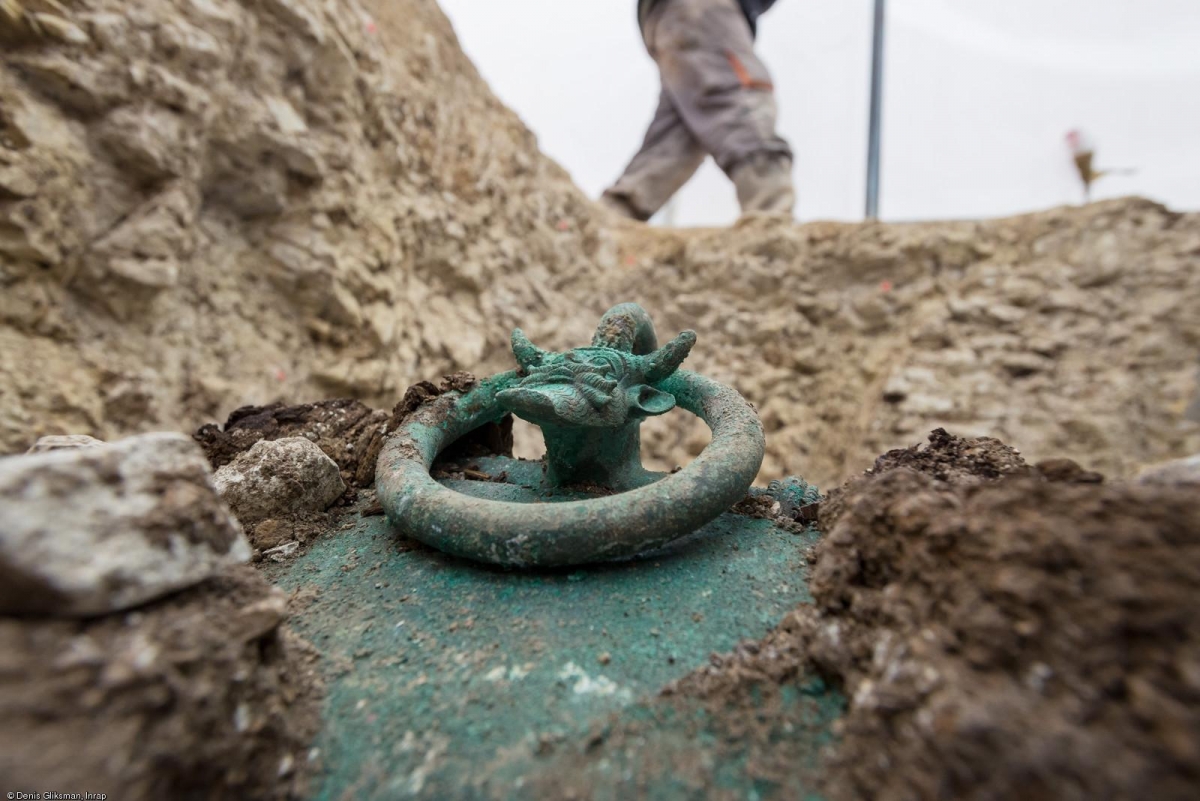STANFORD UNIVERSITY—Something odd happened in the transition from the Middle to the Upper Paleolithic, around 50,000 years ago. Modern humans and their immediate ancestors had been using tools for a few million years prior, but the repertoire was limited. Then, all of sudden, there was an explosion of new tools, art and other cultural artifacts.
What caused that change has been the subject of much debate. Maybe brainpower reached a critical threshold. Maybe climate change forced our prehistoric kin to innovate or die. Maybe it was aliens.
Or maybe it was the result of populations growing and spreading throughout the land, Stanford researchers write in Royal Society Interface. That certainly could explain some other curious features of Paleolithic culture—and it could mean that a number of paleontologists' inferences about our genetic and environmental past are, if not wrong, not as well supported as they had thought.
Read the rest of this article...












